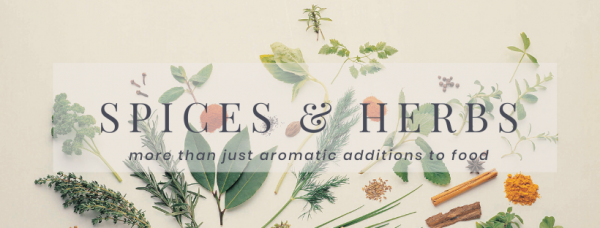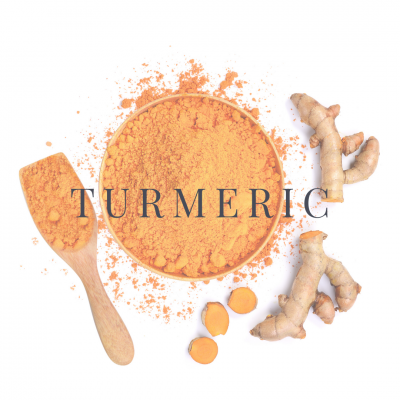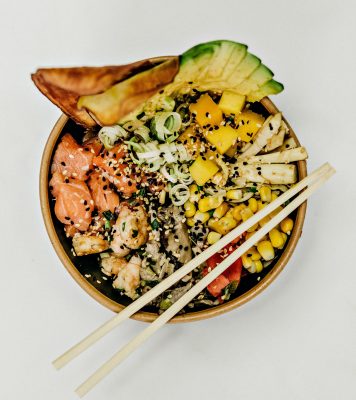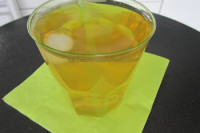Columns
Herbs: Using them & Health benefits (Part I)
In this part you will learn about 5 herbs that can be easily bought in supermarkets/organic stores, their health benefits and the food, spice & herb combinations.
But before you lose yourself in the jungle of herbs I would like to answer one important question:
Is it safe to use certain herbs and spices in a recipe when I am on medication?
If you regularly take medication, then it is quite challenging to figure out if certain herbs or spices have a pharmacological interaction. In terms of herbs and spices if used for cooking or baking and not as supplementation then even if the interactions exist, they would not be significant clinically. The amount of spice/herb one uses in a specific recipe is relatively small compared to if taken as a supplement. As of today, there is little research done on potential drug interactions with herbs & spices when used as a whole for culinary purposes. Most studies use concentrated preparations of the compounds in herbs and spices.
There are many factors that need to be considered including the potency, the quantity used in a recipe, variety used, way it is cooked, amount taken during a day and even genetics of a person to determine the drug-herbs & spice interactions! This makes it difficult to conduct researches on culinary use of spices & drug interactions.
Hence using a little bit of pepper, cinnamon, garlic or parsley in a recipe of sauces/stews/soups will not likely cause a drug interaction. However, it is recommended to follow the advice of your health practitioner concerning potential interactions.
1. Basil
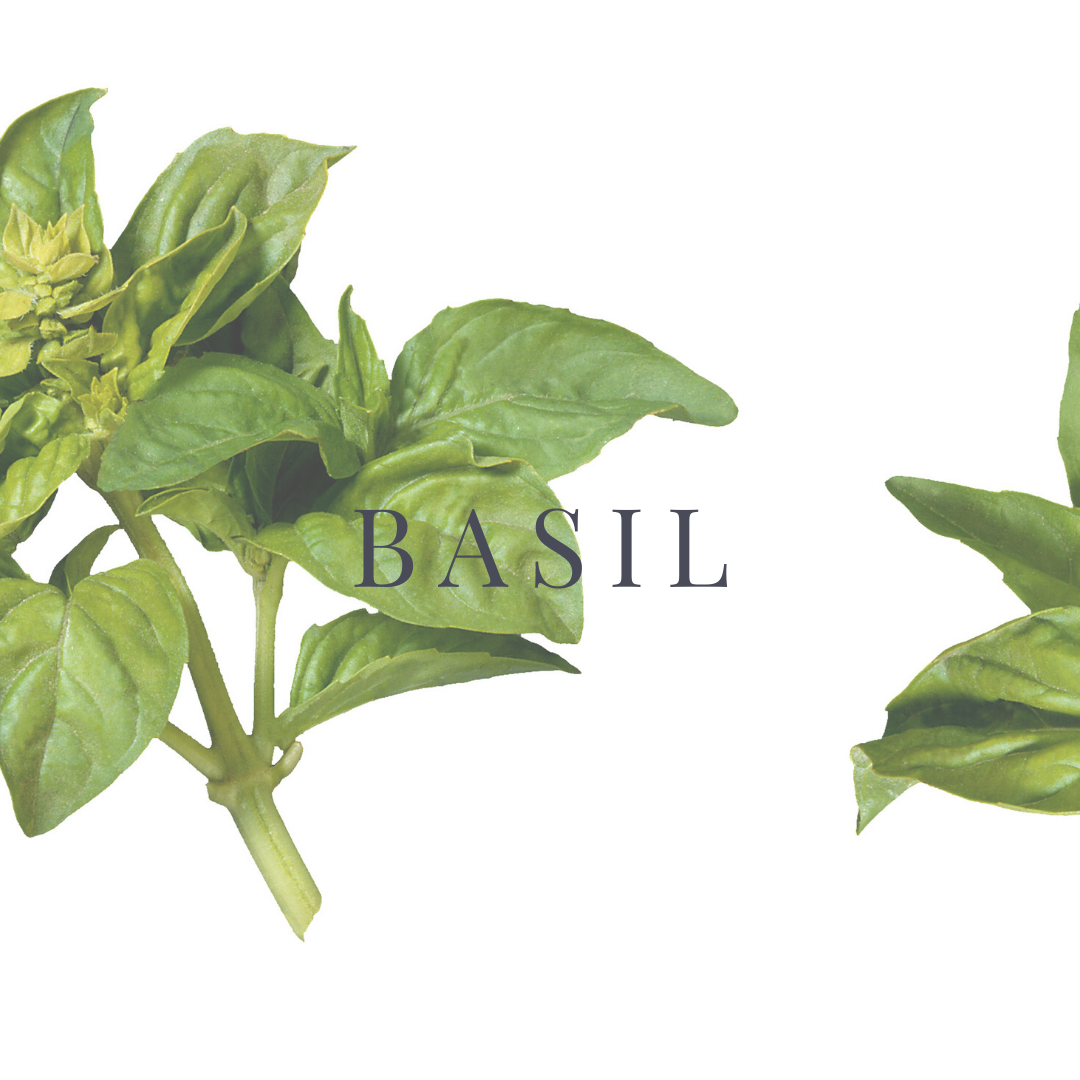
Basil credit photo Canva
Pungent & bitter to taste and heating to the body. Stimulant and carminative it is often used in Italian cooking to counter the heaviness of pasta and cheese.
It compliments almost all meats, vegetables especially tomatoes, potatoes, eggplants. I prefer it in fruit salads or smoothies.
Cooking fresh basil kills its flavour! So, I highly recommend adding it freshly chopped. It should always be added at the end of the cooking process, once you have taken your dish off the stove.
Herbs & spice pairing: cilantro, garlic, chives, parsley, oregano, mint, rosemary, thyme
In excess and with other heating food will imbalance Pitta
2. Bay leaves

Bay leaves credit photo Canva
Bay leaves are bitter, pungent & astringent to taste. They are stimulant, carminative and cleansing. They help in the digestion of cheese, dairy, meat and other damp, sticky food. They are best used in slow-cooked recipes like stews, curries and baked savoury dishes with meat or vegetables, where they get the time to simmer! The traditional “bouquet garni” made up of bay leaf, thyme & parsley tied together is used as a flavouring agent in casseroles, stocks, sauces, and soups.
Dried bay leaves should be used within 6 months. If you can get fresh bay leaves then use them instead!
Only 1-2 dried bay leaves are enough in a recipe for 4 people.
Herbs & spice pairing: Rosemary, thyme, cloves, cinnamon, cardamom, cumin, turmeric, coriander, ginger, black pepper
To be avoided if Pitta is high.
3. Cilantro (coriander leaves)
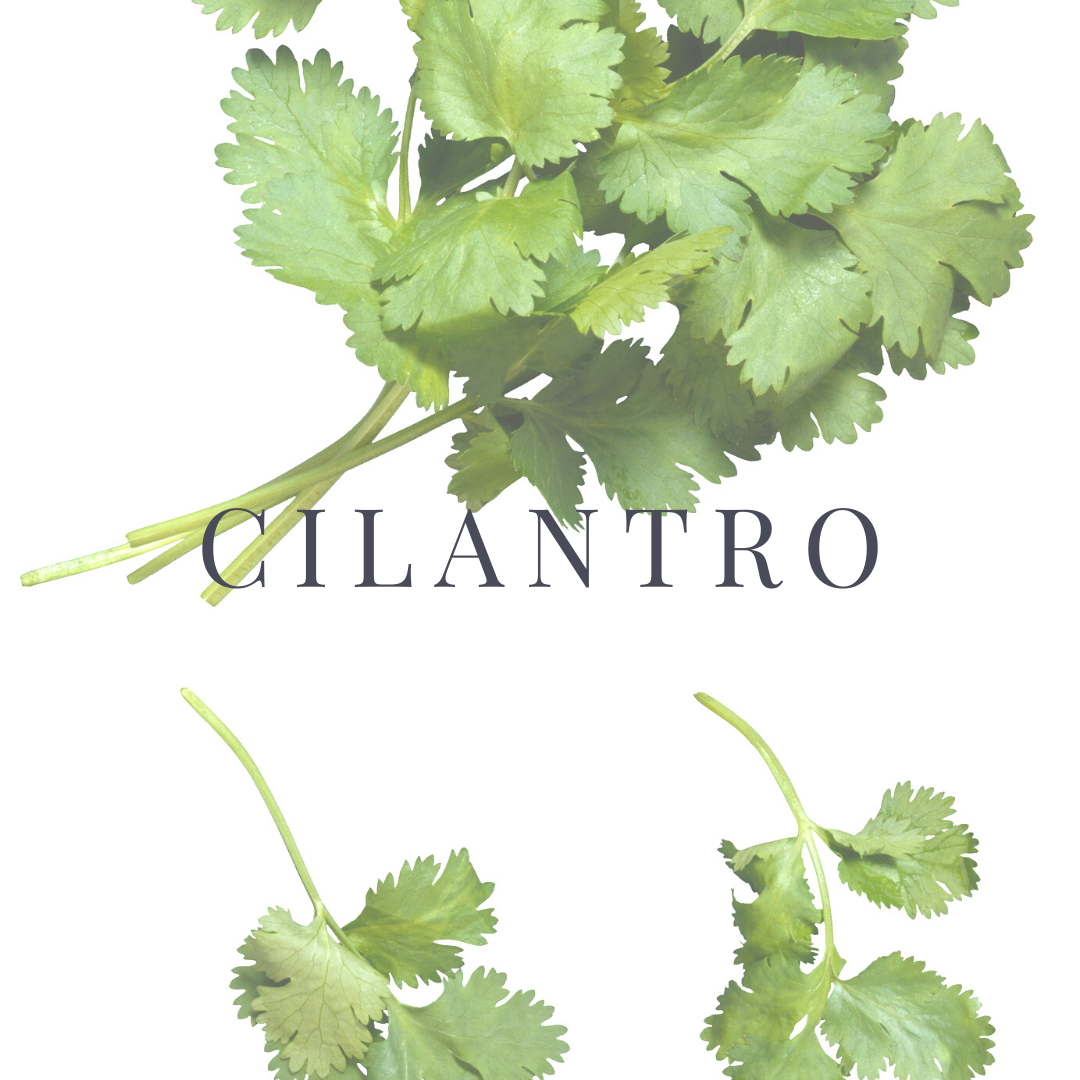
Cilantro – credit photo Canva
Cilantro is pungent and cooling. It is a cleansing and stimulating herb, useful during hyperacidity. It is an important antidote for hot and sour foods as it helps to balance out other hot spices. It is best consumed raw as a garnish on top of curries, sauces, rice, chutneys/dips. Blend it in with milk or coconut yoghurt, a bit of ginger and salt to make a sauce!
The stems of cilantro also have a strong flavour so use all of it – zero waste!
Herbs & spice pairing: Mint, basilic, chives and almost all spices used in sauces/curries.
One of the best herbs to balance pitta and is Vāta aggravating only in excess.
4. Mint

Mint credit photo Canva
There are 2 main types:
Peppermint: a cultivated hybrid between spearmint and watermint. Hence it has high menthol (40%) content, which is responsible for its strong & pronounced flavour. It is pungent to taste and cooling in nature. It is stimulant, carminative & analgesic hence good for abdominal pain, nausea, vomiting and cramping. Due to its high menthol content fresh peppermint leaves or peppermint oil should not be given to children as it can be dangerous! However, this very menthol gives it an appealing taste that makes ice creams, tea, chewing gum, desserts, baked goods, tobacco, alcoholic beverages and dinner mints more desirable. It is also used in pharmaceutical oral preparations e.g. mouth rinse and toothpaste.
Spearmint: Spearmint is a naturally occurring aromatic herb. It is pungent, cooling & has a mildly sweet flavour. It is stimulant, diuretic and calmative. It counters nausea, vomiting, morning sickness, promotes sleep and is good for indigestion.
Spearmint is often used to flavour vegetables, soups, meat and fish sauces, and salads. It is also used in the flavouring of chewing gums- (Wrigley’s Spearmint Gum), toothpaste, and other oral products.
Whichever mint you use, just be careful about how much you add since it can easily overpower other herbs & spices or flavours in a dish! It will combine well with salads, vegetables, fruits, chicken, beef, lamb, eggplant, desserts and of course tea!
Herbs & spice pairing: Fresh coriander leaves, basil, oregano, parsley, thyme, clove, cumin, dill, ginger
Peppermint & Spearmint, if taken in large quantities, can aggravate Vāta. Otherwise it is good for all three doshas.
5. Oregano

Oregano – credit photo Canva
Pungent & bitter to taste. It is stimulant and carminative as it alleviates gas, distention and indigestion.
It can be used to enhance the flavours of stews, sauces with meat/fish/beans, pizzas, pasta, fish, baked goods. It can also be used as a marinade, in flavoured oils/vinegar and with vegetables particularly eggplants, potatoes, tomatoes, squash, mushrooms & broccoli. Even as a dried herb it adds flavour.
It also has anti-oxidant, anti-microbial, anti-inflammatory, and analgesic properties. Dried oregano has the highest antioxidant activity amongst herbs.
Herbs & spice pairing: thyme, basil, parsley, rosemary, sage, cumin, garlic
Heating for Pitta so should not be taken every day. Best for Vāta and Kapha.
About the author:
 Prachi is an ayurvedic practitioner although she prefers the word healer. Ayurveda, the Indian traditional medicine, is a philosophy of life strongly rooted in non-religious spirituality. Her aim as a healer is to guide the person in need using tools such as nutrition, lifestyle, spiritual practices-yoga, pranayama, meditation, manual treatments-massages & herbs. These tools allow the person to comprehend their own physical body, the mind & the soul to live a meaningful, healthy and fulfilling life. Visit her website
Prachi is an ayurvedic practitioner although she prefers the word healer. Ayurveda, the Indian traditional medicine, is a philosophy of life strongly rooted in non-religious spirituality. Her aim as a healer is to guide the person in need using tools such as nutrition, lifestyle, spiritual practices-yoga, pranayama, meditation, manual treatments-massages & herbs. These tools allow the person to comprehend their own physical body, the mind & the soul to live a meaningful, healthy and fulfilling life. Visit her website


